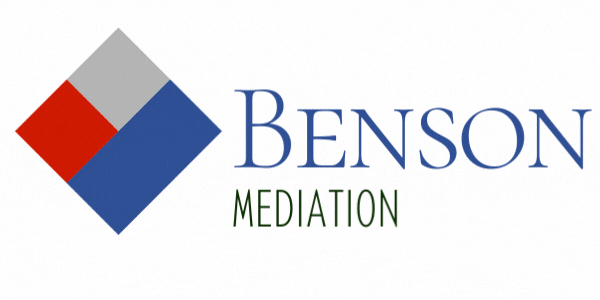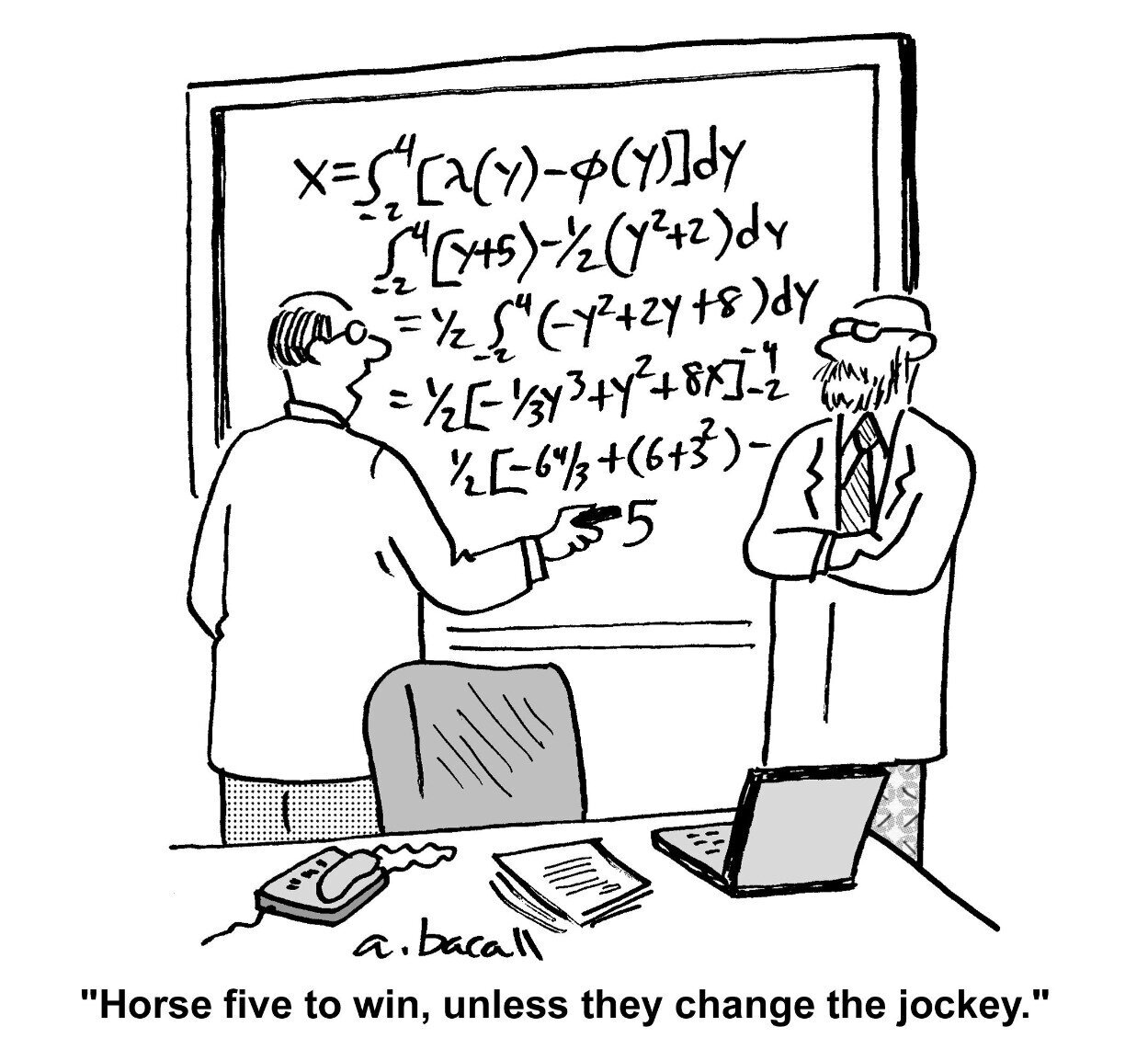Winning Without War: Preparing Clients for Mediation (especially over Zoom)
/Each month, I see the same pattern: clients who are well-prepared walk into mediation with confidence and clarity. Those who aren’t? They react emotionally, get distracted, or dig in their heels. As a mediator, I’ve learned that the single biggest predictor of a successful outcome is how well the lawyer has prepared their client for the mediation.
In today’s world, that includes preparing for a mediation to happen over Zoom. While the digital format offers convenience and efficiency, it also presents unique challenges. Clients need to be briefed on how to join the Zoom meeting, what they are going to see on their screen, how breakout rooms work, when to mute themselves, and how to stay visually engaged—because yes, body language still matters on camera. The mediator’s opening remarks are, in my view, a critically important first step in the mediation; they should not, however, be the first time your client hears about what mediation is all about.
Before the session, walk your client through the technology and conduct a mock Zoom call if needed. Explain how the mediator will manage the flow, when they’ll be brought in and out of discussions, and the importance of staying focused even while waiting in a virtual room.
And don’t skip the mindset piece: help the client understand that compromise isn’t surrender — it’s strategy. Set realistic expectations about what “winning” might look like and encourage flexibility without abandoning core goals.
Finally, take time to humanize the experience. Just because it’s on a screen doesn’t mean it’s not personal and anxiety producing. A calm, prepared client on Zoom is just as powerful—and sometimes more so—than one in a conference room. Help them show up like it matters, because it does.
These essays are part of my newsletter series, offering real-world insights into how attorneys can elevate their practice and improve outcomes in mediation.





















